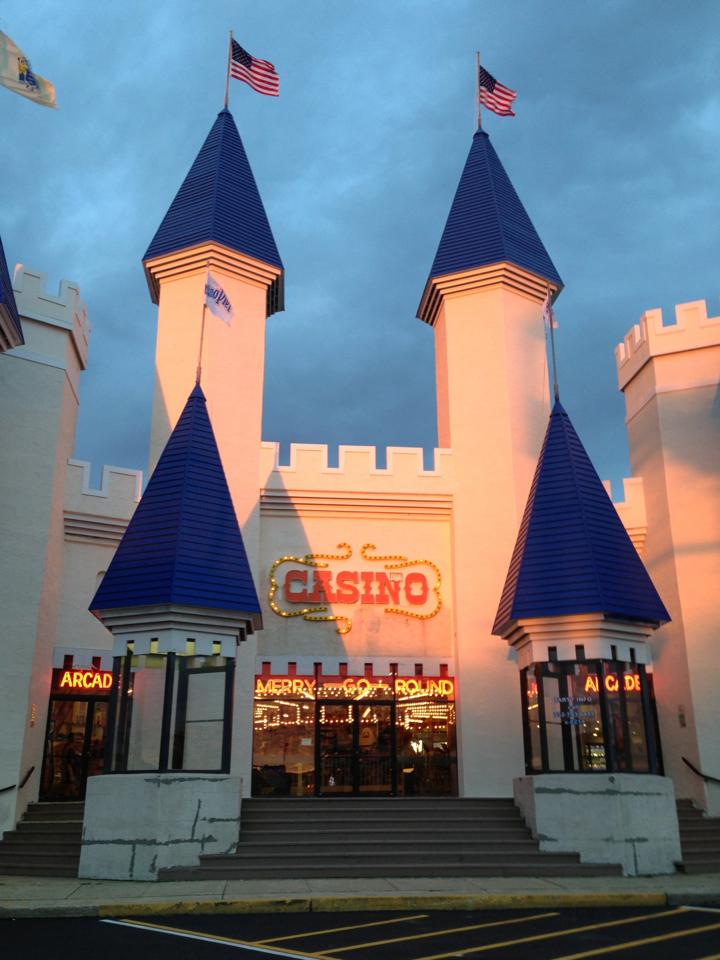This question is about the slot machines odds of winning with the digital bingo card on each one. Each machine lets the gambler clear it out & start over whenever wanted. Is it wise to just leave the bingo card alone and only touch it when it states card is full? Or is it best to clear out the bingo card. MR CHIPS Bingo Machine Set with Bingo Cage, Bingo Balls and Bingo Masterboard 3 Color Choices. Electronic Handheld Slot Machine Game. 4.1 out of 5 stars 961. Regal Games Extra Thick Stitched Woodgrain Quick Clear Rapid Reset Shutter Bingo Cards. 4.7 out of 5 stars 809.
If you’re playing slots in an Native American Casino there’s a good chance that you’re playing on a Class II bingo machine. It looks like a real slot machine and you play it like a real slot machine but it’s really a sophisticated electronic bingo device. Somewhere on the screen you will even see your bingo card and in many cases you can change the card when you feel like it.
Let’s take a closer look at Class II slots and see how they are different from the slot machines you’d play in a Las Vegas casino.
A Little History
It was 1988 when the United States enacted the Indian Gaming Regulatory Act (IGRA), establishing the basic structure that was designed to govern Native American gaming laws. The act established 3 classes of gaming:
Class I: traditional and social games for minimal prizes
Class II: games of chance based off the game of bingo
Class III: a catch-all category of games that can’t be considered Class I or II, like slots, roulette, blackjack, etc.
Knowing the hurdles Native American casinos faced to allow Class III slots, gaming companies began developing Class II gaming machines: games that play like regular slots but are technically fancy versions of bingo.
Differences between Class II Games and Regular Slots
Indian Bingo Slot Machines
Standard (class III) slots incorporate random number generators (RNG) that produce many thousands of random numbers every second. When you spin the reels, the RNG immediately locks in the value at that very moment. Then the slot assigns reel positions to parts of the random number and evaluates your win (if there is one). There’s a little more to the process but that’s the basic idea.
To be legally considered a class II slot machine, the outcome had to be based on the game of bingo. Software developers had to get creative to make class II games that would technically and legally comply with the law. Different approaches were often taken. On some, like WMS and Multimedia Games, your machine’s “bingo card” remains constant and the drawn numbers change each time. On others (like VGT), you stay in the same game while your card randomly changes each spin.

How the game in implemented doesn’t particularly matter. What matters is that the game has the necessary elements required to be bingo: more than 1 player (class II slots must be networked together) and a set of numbers drawn that must match a pattern to result in a win that ends the game (a game-ending pattern).
The fact is Class II slots still rely on RNG to generate the cards and drawn numbers. It doesn’t matter if the RNG is creating simulated bingo cards/numbers on a class II game or virtual reel positions on a class III slot – the results are still random. Payouts are determined on regular slots by adjusting the reels and likelihood of landing on any position. Payouts on class II slots are defined by specifying the bingo patterns that must be matched and within what number of numbers drawn.
Why Native American Casinos Prefer Class II
While many modern Native American casinos have a mix of class II and III games, they usually have a preference toward class II games. And if you notice the mix of slots, the numbers almost always skew heavily towards class II games. Why?

The IGRA granted tribes the power to self-regulate Class II gaming. Whereas tribes have to enter state compacts to offer class III games.
Another reason Native American casinos prefer class II games is that tribes don’t owe taxes on class II revenue like they do on class III games.

Licensed slots and most of the fancy new, popular games aren’t available in class II form, so Native American casinos keep a mix. Although many of the newer popular slots are being adapted to class II by IGT and others.
The Bottom Line on Class II Games
Modern class II games can look, act, sound, and feel like typical class III, Vegas-style slots.
Bingo Based Slot Machines
Class II games are sometimes criticized for their mysterious nature, leading some to believe they can be rigged. They’re networked together as a central server is essentially determining the wins.
Class III slots go through rigorous third-party and government testing to ensure their randomness and resistance to rigging. Class II slots go through some of the same tests, but the self-regulating nature and lack of transparency of Native American casinos have historically raised questions about their fairness.
Bingo Card Slot Machines
Though their back-end operates differently, both class II and class III games still ultimately rely on RNG. Casinos don’t shouldn’t need to rig the machines because the games’ math is already in their favor. That’s not to say their games’ programmed payout percentage is going to be to your liking, but the notion of some casino worker selectively selecting who’s going to win and lose on class II games doesn’t make sense.